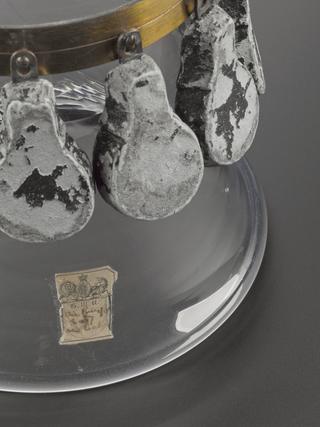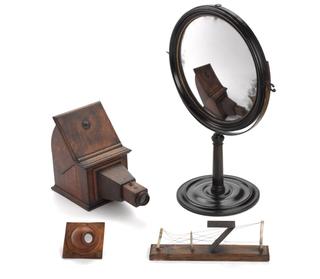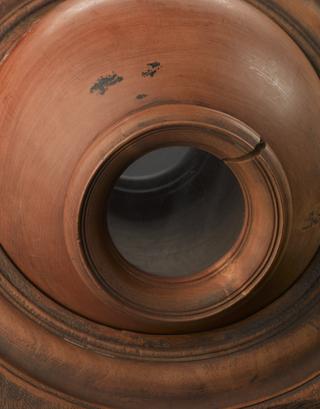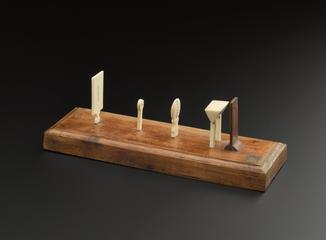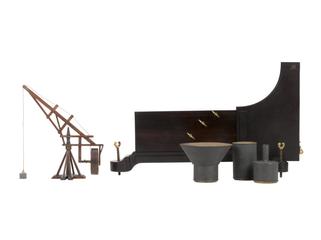
George III's apparatus for oblique and compound collision
- Made:
- 1762 in Fleet Street
- maker:
- George Adams



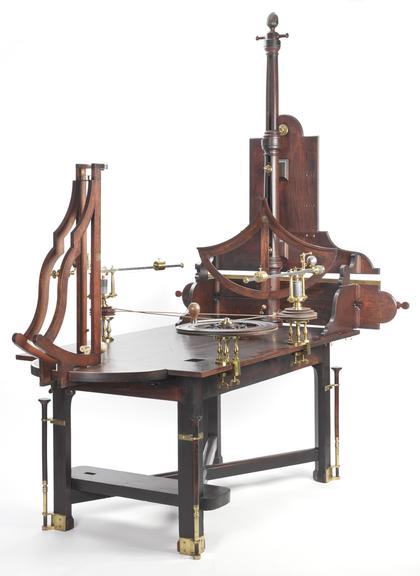
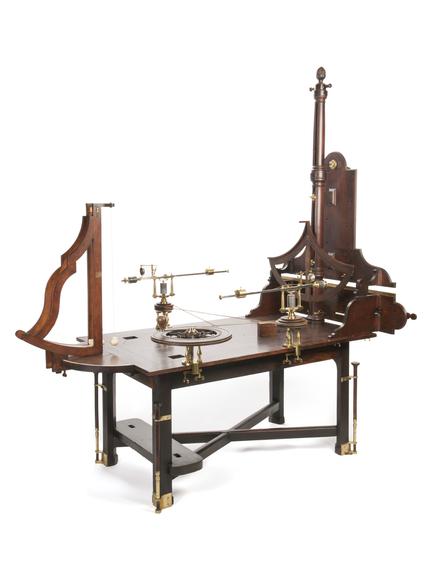

Apparatus for oblique and compound collision made by George Adams, Fleet Street, London, 1762.
The apparatus for oblique and compound collision is a piece of demonstration equipment that was made for King George III in 1762 by George Adams, just two years after he ascended the throne in 1760. It was part of Adams' mechanics lectures and was intended to be used with the philosophical table.It allowed the demonstrator to explain force and motion.
